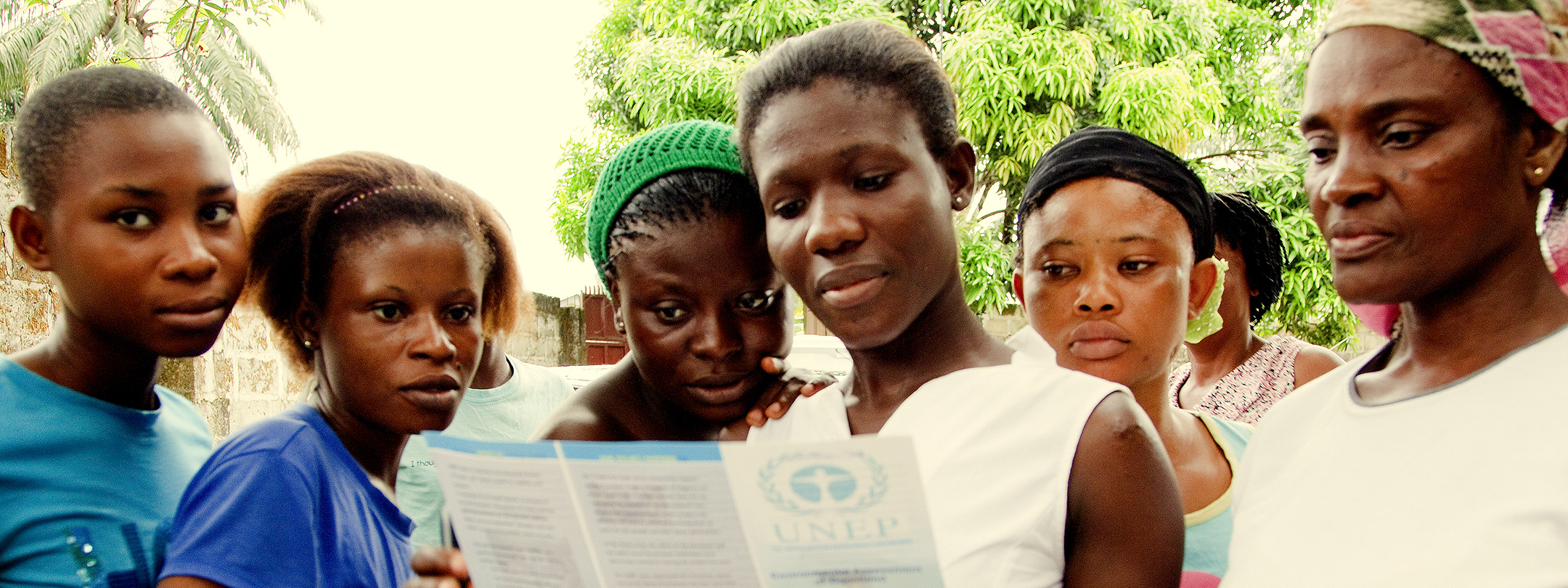Survey Report on Elephant Movement, Human-Elephant Conflict Situation, and Possible Intervention Sites in and around Kutupalong Camp, Cox's Bazaar
Publisher: International Union for the Conservation of Nature and UN High Commissioner for Refugees
Date: 2018
Topics: Assessment, Livelihoods, Monitoring and Evaluation, Programming, Renewable Resources
Countries: Bangladesh
IUCN Bangladesh, with support from UNHCR, started a project entitled ‘Biodiversity Conflict Mitigation around the Refugee Camp of Cox’s Bazar District’ with a view to minimize the human-elephant conflicts in and around the Kutupalong Camp. At the project inception, IUCN Bangladesh had meetings with all concerned government agencies, including Refugee Relief and Repatriation Commissioner (RRRC), Deputy Commissioner of Cox’s Bazar, and Bangladesh Forest Department. It started field work after receiving necessary authorization from the RRRC. During 21 January−13 February 2018, IUCN Bangladesh engaged a trained elephant survey team to find out the elephant presence and population size, recent human-elephant conflict situation, and possible intervention spots in and around the Camp in Ukhia, Cox’s Bazar. IUCN team surveyed approximately 70 square kilometers of bare hills around the camp and completed transect walk of around 240 kilometers. A total of 160 elephant dung piles and 630 elephant foot-print points of different ages were recorded around the Camp area and were mapped. The survey revealed that elephant movement was frequent around Camp area, with highest concentration all along the west boundary. Foot-print points were also found on the eastern side of the Camp. As per the ‘Dung Count Method’, the estimated mean elephant number is 38 (range 31 to 45) in the five Forest Ranges (on the west and south-west of the Camp) of the Cox’s Bazar South Forest Division. Based on the elephant dung distribution and intensity, a total of possible 56 spots are identified to install watch-towers. There is a need for forming 25 Elephant Response Teams (ERTs) and build their capacity to guard the Camp. It was realized that trip alarm may not be useful as an elephant deterrent tool given high human activities around the Camp, adjacent hills, and forest areas. The survey indicated that the Camp is highly exposed with a larger number of open points through which elephants could enter into the Camp. The hills around the Camp are now barren due to high rate of deforestation. There are high risk of elephant encounter or exposure in the coming days unless immediate mitigation measures are taken and long-term measures are planned and executed.
